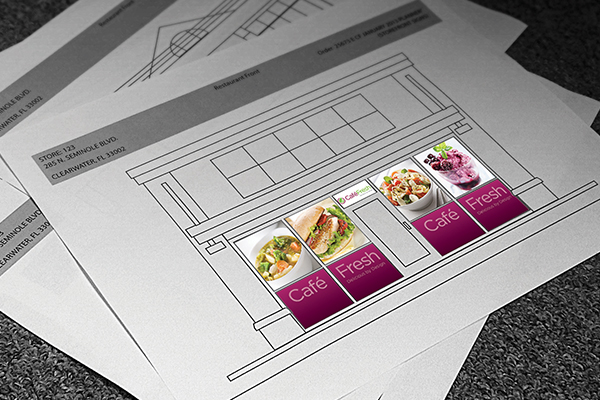The Execution Challenge
Making Your Marketing Plans a Store-level Reality
In this three-part series, GSP explores strategies for closing the gap between the head-office marketing plan and store-level execution—to prevent bottom line profit from slipping through that gap. Part 1 outlined how better execution starts with store-level better data.
SEE:
The Execution Challenge - Part 1 of 3: Closing the execution gap with better data
In part two of this series, we outline how to improve execution between the marketing team and the field.
Part 2: Closing the execution gap with better store-level communication
Many retail marketers will claim that they invest as much time in their efforts to ensure marketing plans are executed correctly at the store-level as they do in determining what their marketing strategy should be. To ensure compliance in the field, marketers will create complex  documents that act as “sales planners” for store employees.
And most marketing teams spend a considerable amount of their time in stores simply identifying the types of execution challenges that arise when store employees do not understand how the marketing plan should work in their stores. documents that act as “sales planners” for store employees.
And most marketing teams spend a considerable amount of their time in stores simply identifying the types of execution challenges that arise when store employees do not understand how the marketing plan should work in their stores.
But too often these efforts fall short. Marketers struggle to tailor their plans to all of the variations that exist in a large multi-site retailer. Sales Planners can often create confusion by highlighting programs that may not apply to selected stores. And it is difficult to understand whether the lessons learned in a few stores can be applied throughout the stores.
A key opportunity to making the marketing program more effective at the store-level is to make communication between marketing and the field more effective. Here are a couple of suggestions to make that happen:
1. Make planners as targeted as possible.
Make the marketing and operational information in the sales planners as tailored to each specific retail site as possible with precisely the information they need—to help eliminate confusion for the store manager. Automation tools such as POPRender™ will automate this work by generating illustrated, store-specific POP placement guides and promotional summary sheets.
But marketers who do not implement such automation can still “version” planners to catch important variations in merchandising and branding from one site to the next. And, retailers will find that the time spent versioning the planner can often be offset by a reduction in time spent fielding questions from store employees.
2. Add an incentive to ensure implementation.
Incorporate an incentive to ensure the sales planners are being read by the Store Managers. They could be trackable when opened so you have a clear picture of which are not being read, and can follow up with those specific stores.
3. Ensure accessibility to monthly sales planners.
Make sure to have the sales planners available both online and also as a printable PDF for easy access, and to ensure the Store Managers or employees have two ways to access the planners, and can print them out
if they prefer.
4. Include site-specific visual illustrations for sign placement.
Include renders and visual communication wherever possible to help illustrate instructions on how to insert
a graphic, assemble hardware or to indicate specific site locations for the different promotions. Automation tools such as POPRender™ can automatically generate these store-specific renderings with the current period’s POP for retailers. But even without these tools, retailers should try to include the details of each store’s interior and exterior architectural features in the renders. These targeted sign placement guides will improve compliance, help ensure fast and seamless implementation of new POP and enable store managers to easily audit campaign execution.
5. For store rides, develop a process for documenting and sharing opportunities identified.
Develop a standardized process for riding stores and for recording the challenges that you identify in stores. Consider creating a list of checkpoints for each area of the store to ensure that you are not simply “trolling for errors” when in store. And develop a reporting process for identifying trends across sites and sharing insights with the rest of the organization. A mobile application like AccuStore™ Mobile can assist in structuring store rides and in sharing the findings with key personnel in the organization.
6. Spread store rides across your retail network.
The stores closest to HQ are often the easiest to reach and therefore the least expensive to visit. But the execution in these stores will often reflect a diligence that results from a disproportionate amount of attention from the HQ rather than a solid appreciation for the marketing department’s efforts. To really understand how the field views the marketing program, try to spread store rides across the network. Track the days since each site was visited by marketing to ensure that attention is not disproportionately concentrated in a certain group of stores.
Implementing these tips for more effective sales planners and targeted communication to the field will help you "get on the same page" with in-store personnel, expedite execution and increase the accuracy of your marketing efforts.
|